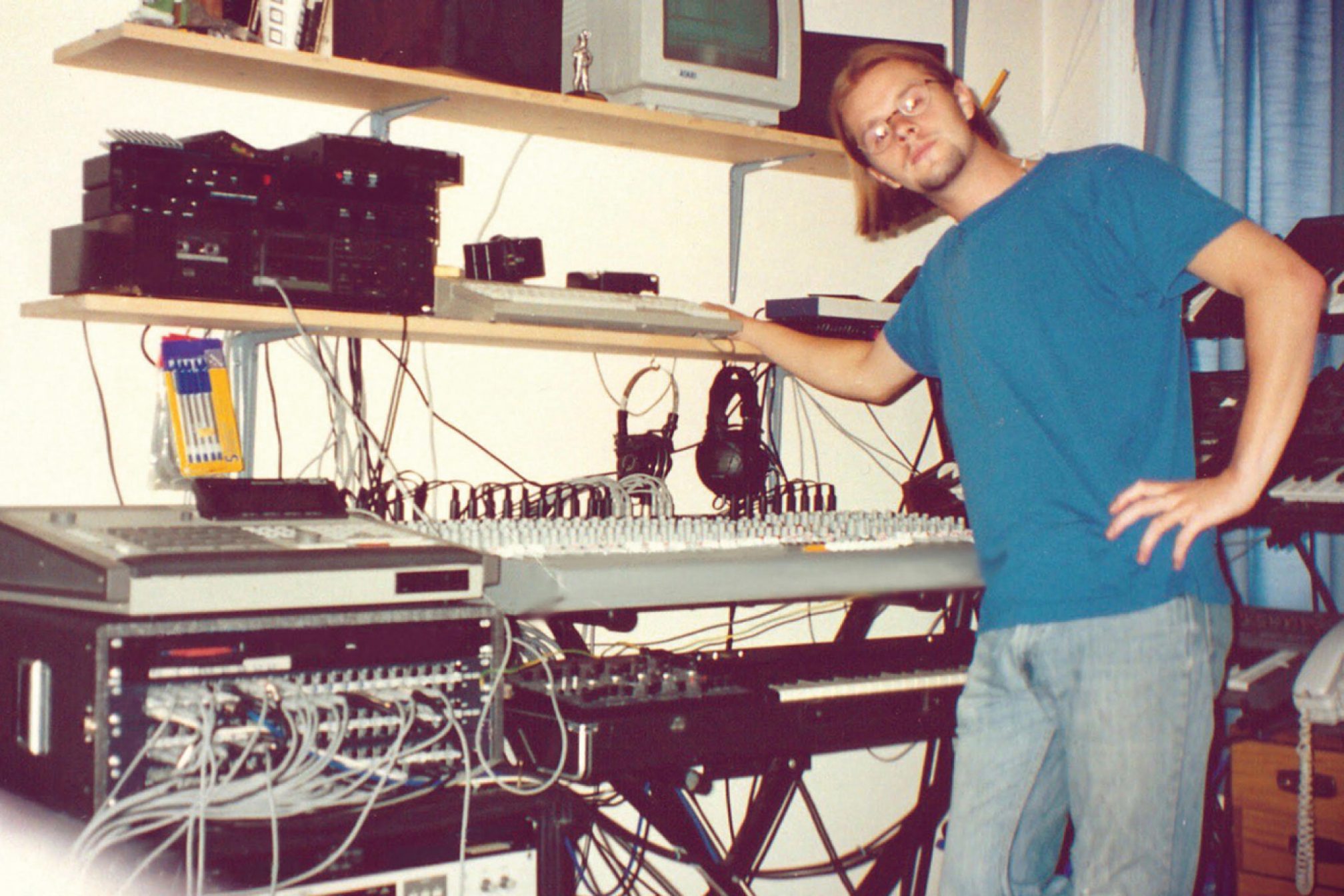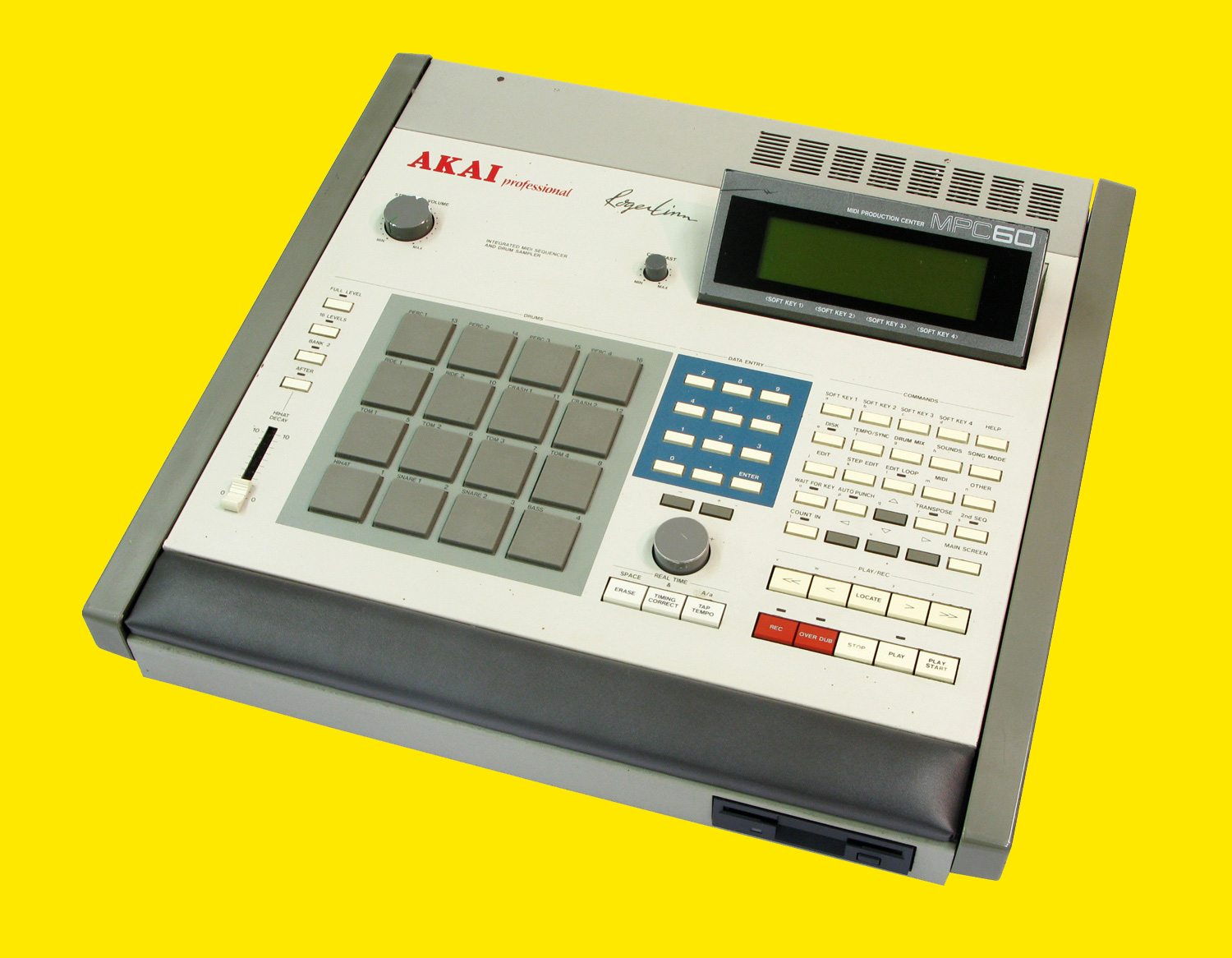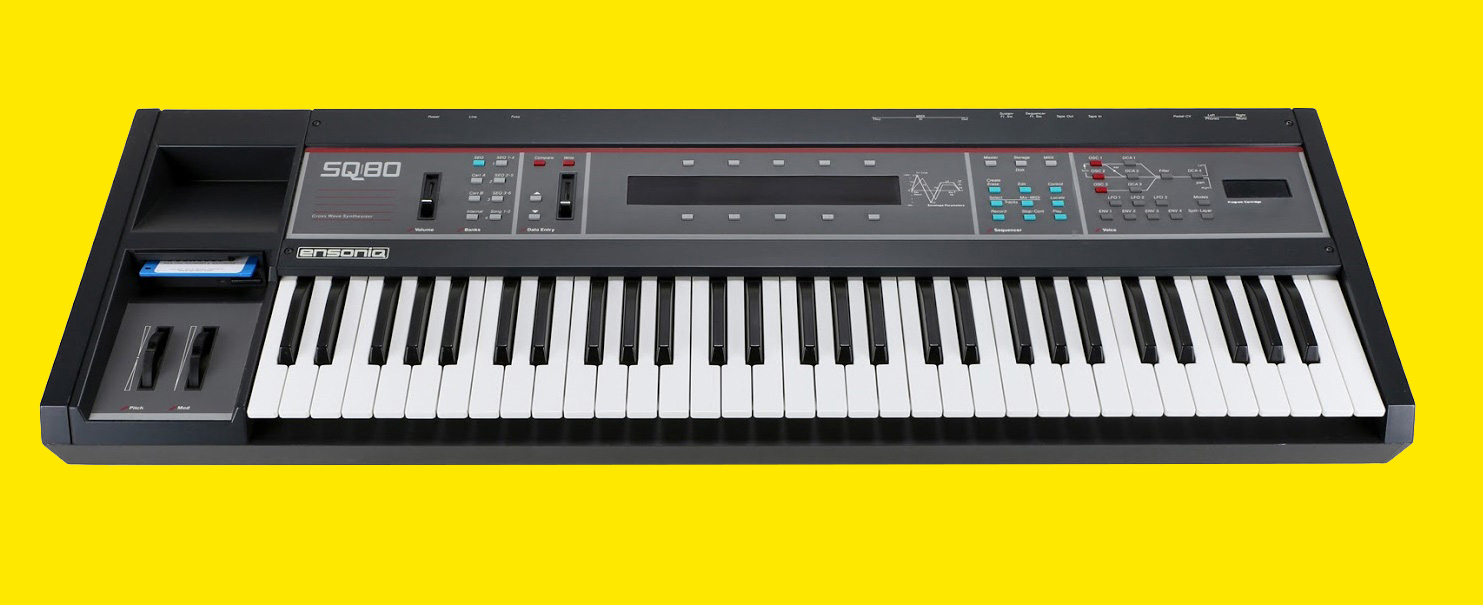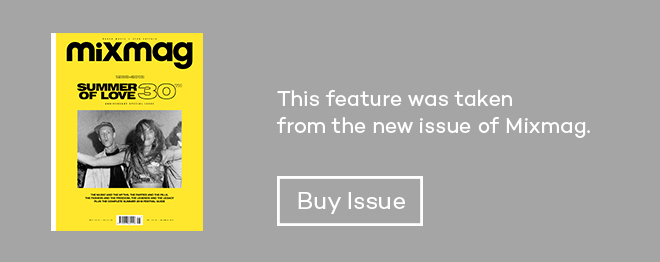 Tech
Tech
Acid flashback: Bizarre Inc's Andy Meecham rates the hottest synths of 1988
Rolling back the years to celebrate 30 years of the Summer Of Love
We're celebrating the 30-year anniversary of the Summer Of Love. Here, we look back at the best synths of 1988

Akai MPC60
Does Akai’s collaboration with drum machine pioneer Roger Linn live up to the hype?
Something good has come from the recent demise of Linn Electronics: a collab between Linn’s founder Roger Linn and Akai. The MPC60 is the first result, and has the potential to be both a drum machine and sequencer. With two MIDI ins and four outputs, a 3.5” disk drive, 16-voice polyphonic and 16 velocity pressure-sensitive rubber drum pads, plus the ability to hold 32 samples, it certainly packs a punch.But there are a few missed opportunities. There’s no in-built memory, which means all is lost when it is turned off unless you’ve saved it to a disc, and the drum pads can be a bit over-sensitive at times. Perhaps most surprising is the lack of a SCSI port, which is something to consider if you rely on having a hard drive linked up. It redeems itself by virtue of its sample quality, which is supremely clear and produces balanced, quality sounds. Plus the offering of the four Akai Library sample discs produced by Roger Linn and Willie Wilcox is a real sweetener.
9/10, £2,999

Ensoniq SQ80
Ensoniq follow up the ESQ-1 with another potent machine
Following in the footsteps of its predecessor the Ensoniq ESQ-1, the SQ80 isn’t what you’d call a groundbreaking machine. And you’ll either be disappointed or reassured to find the technology is so familiar and recognisable. But coming with features including a five octave weighted key-board, responsive aftertouch, 75 multi-sampled sounds, four envelope generators and a midi controller, it does make for a solid workstation. The sound is an improvement on the ESQ-1 but the bottom end still lacks a little bit and the bass delivery is easily outstripped by competitors like Moog. The built-in sequencer is what really shines, and is an innovative, multifunctional bit of kit. It allows you to develop ideas quickly, and you can change the settings on programmes as you are running sequences. It’s this flexibility, coupled with the built-in disk drive, that might lead you to spend your money on this, though perhaps not if you already have the ESQ1.
8/10, £1,935

Korg M1 Music Workstation
Korg unveil a potential game-changer
Korg’s latest addition to the family demonstrates a real understanding of the needs of workstation users. With an eight-track sequencer, advanced digital effects, sustain pedal input and 44 16-bit PCM-sampled drum and percussion sounds, it’s a truly innovative keyboard that rewrites the rule book but remains accessible at the same time. This is one of the first machines Korg’s released since their takeover by Yamaha and those worried the merger might impact on quality need worry no more. The M1 is a gorgeous, futuristic-looking bit of kit and what lurks inside is deceptively advanced. You can get lost in the number of parameters attached to each function button. Korg has also come up with something it’s calling A1 synthesis, integrating advanced sound capability into the M1 by offering up 100 authentic-sounding 16-bit PCM multi-samples. This is just the start, with unlimited possibilities being offered by the ability to access new sounds through plug-in data cards. Brilliantly forward-thinking, and impressively playable from the off.
9/10, £1,499
[Main photo: David Atherton]



